Narra / India Padauk
Scientific name: Pterocarpus indicus
POWO Status: Tree
Location: 17° 42′ 56.91″ N, 64° 49′ 52.07″ W
IUCN Red List threat level: Endangered
ref: Trees of Puerto Rico and the Virgin Islands, pg. 204
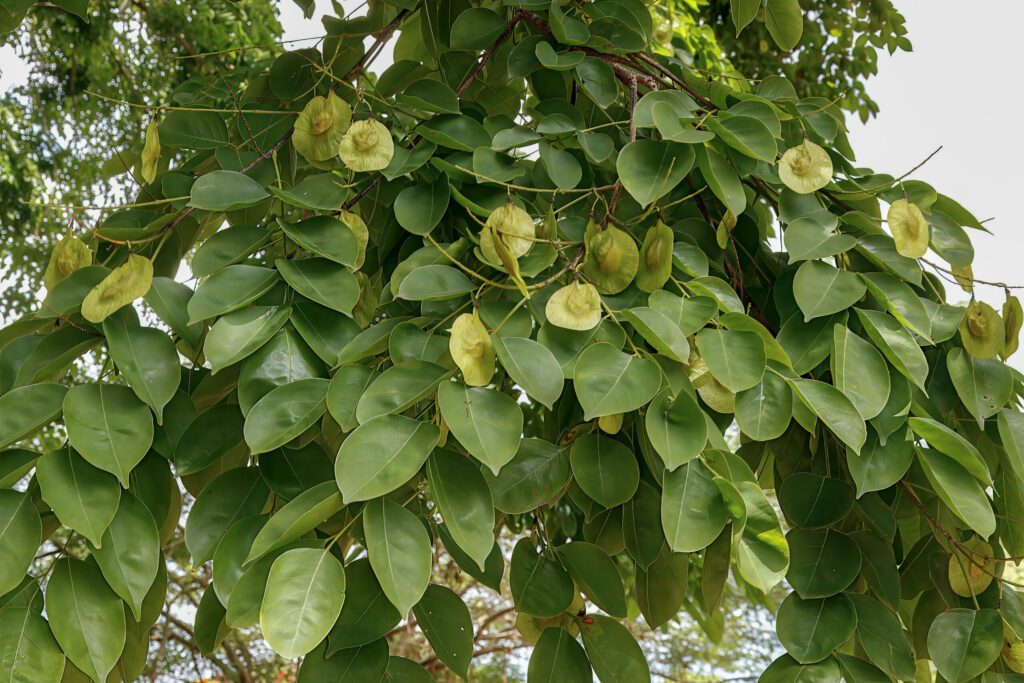
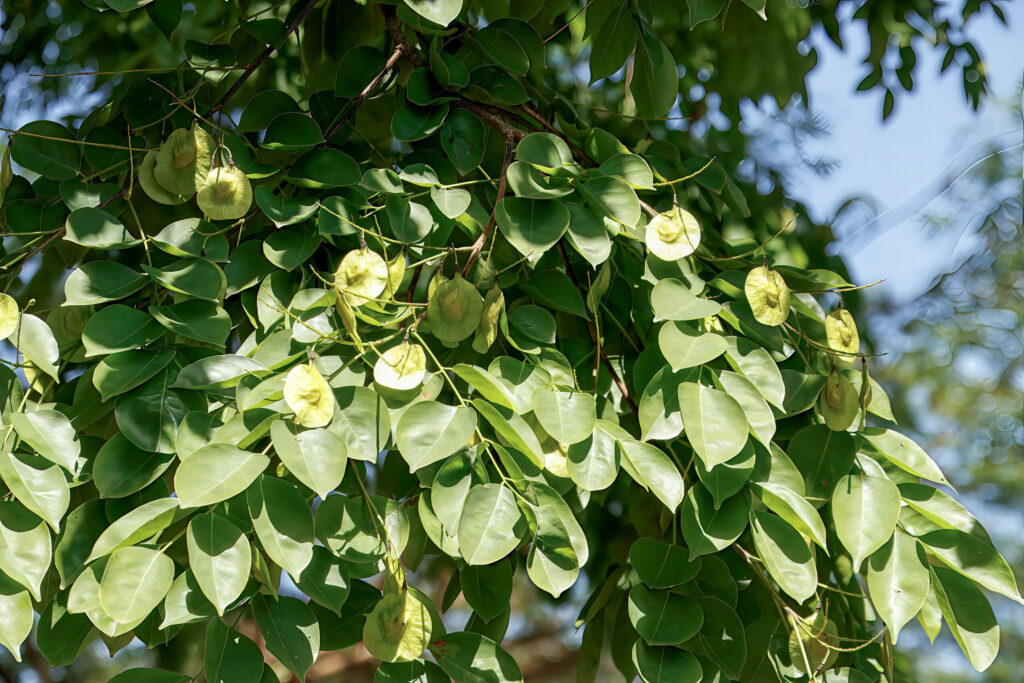

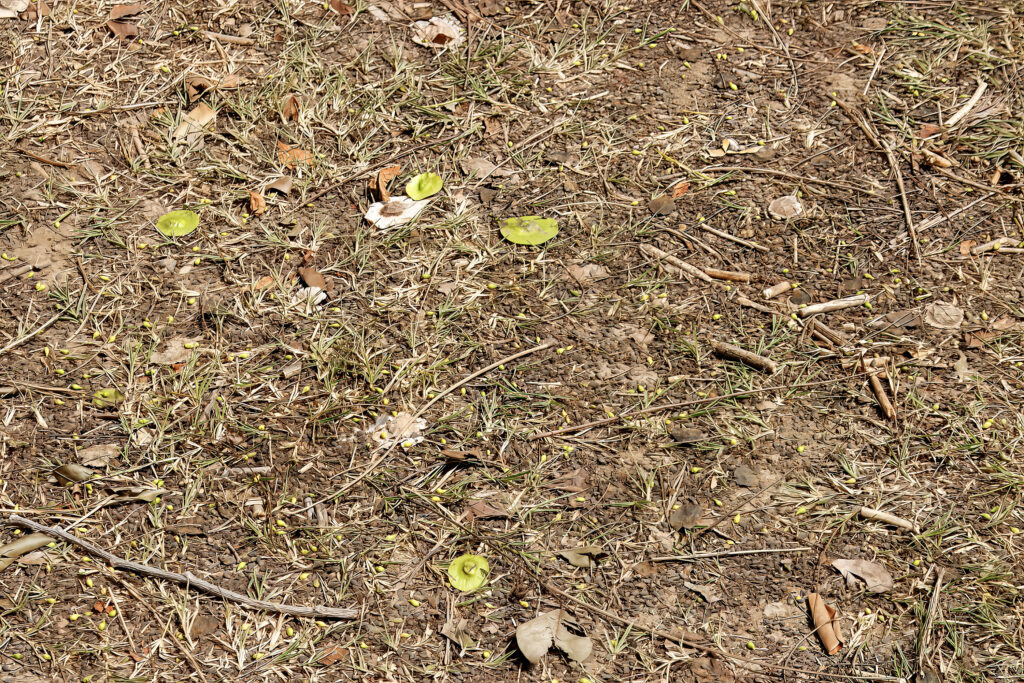
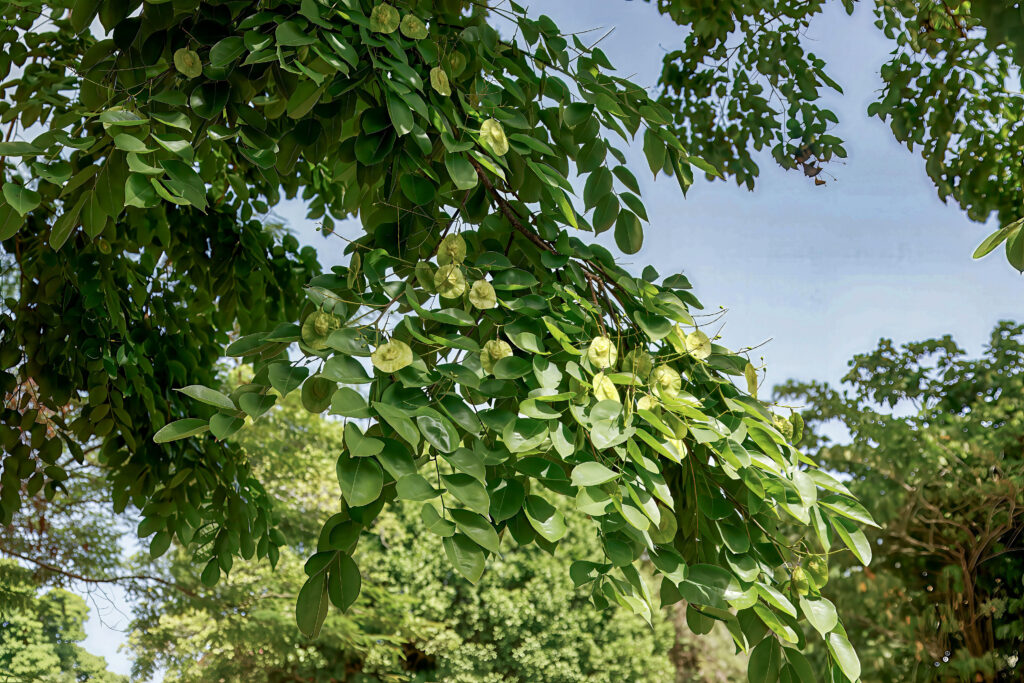
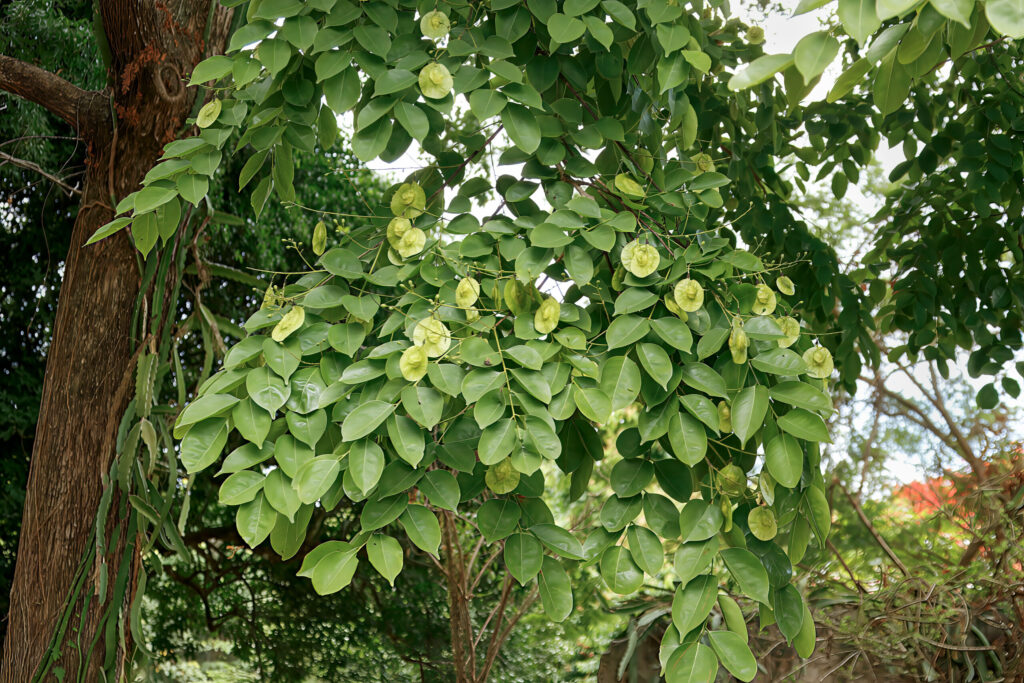
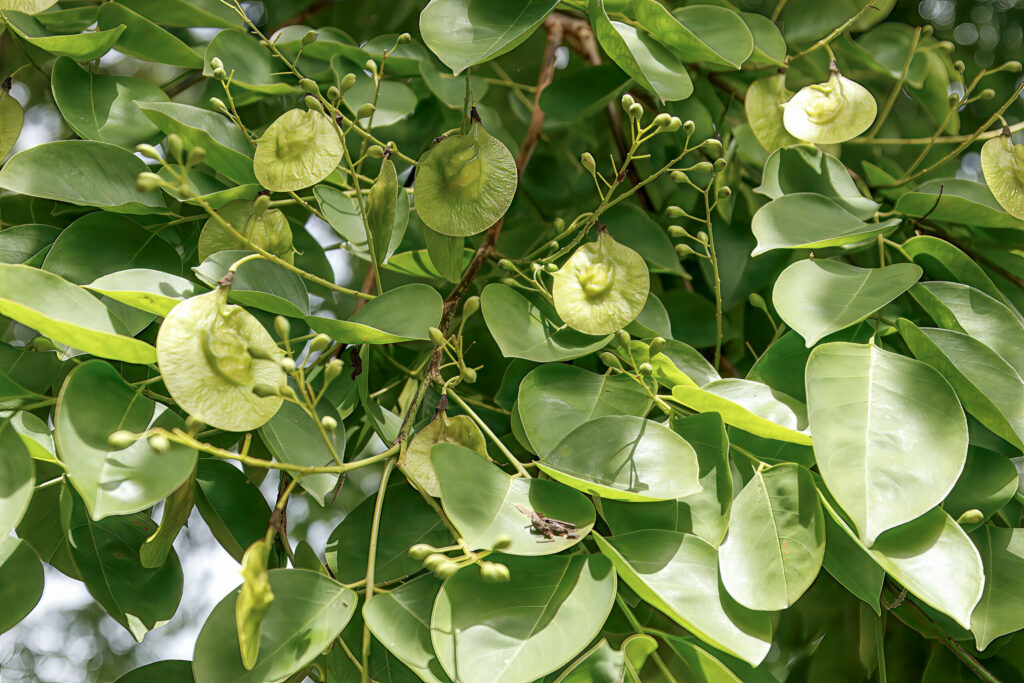
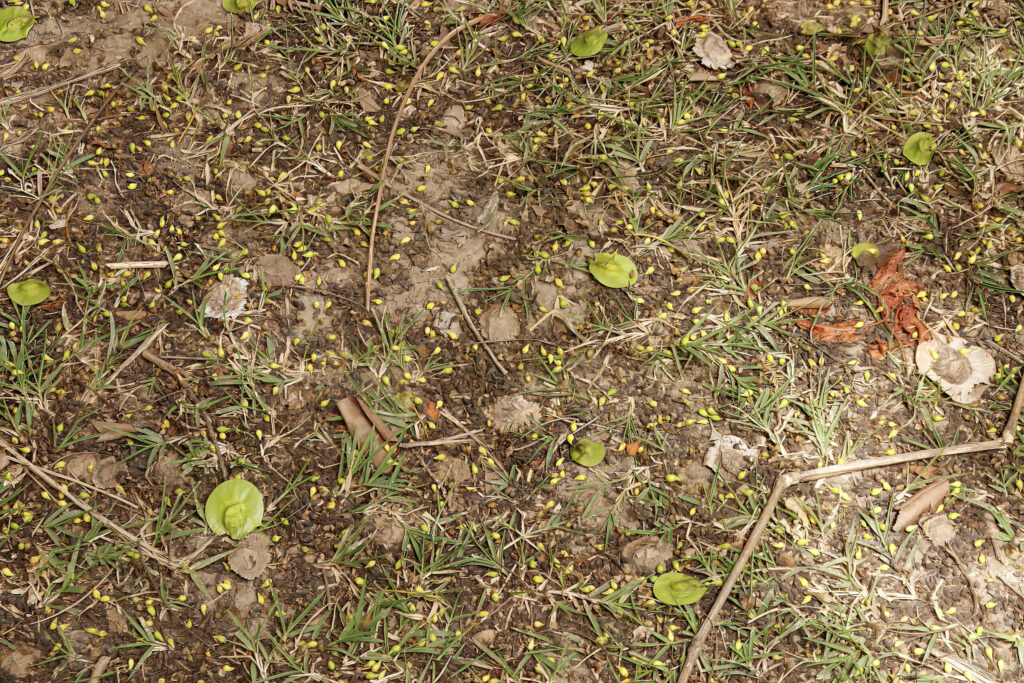
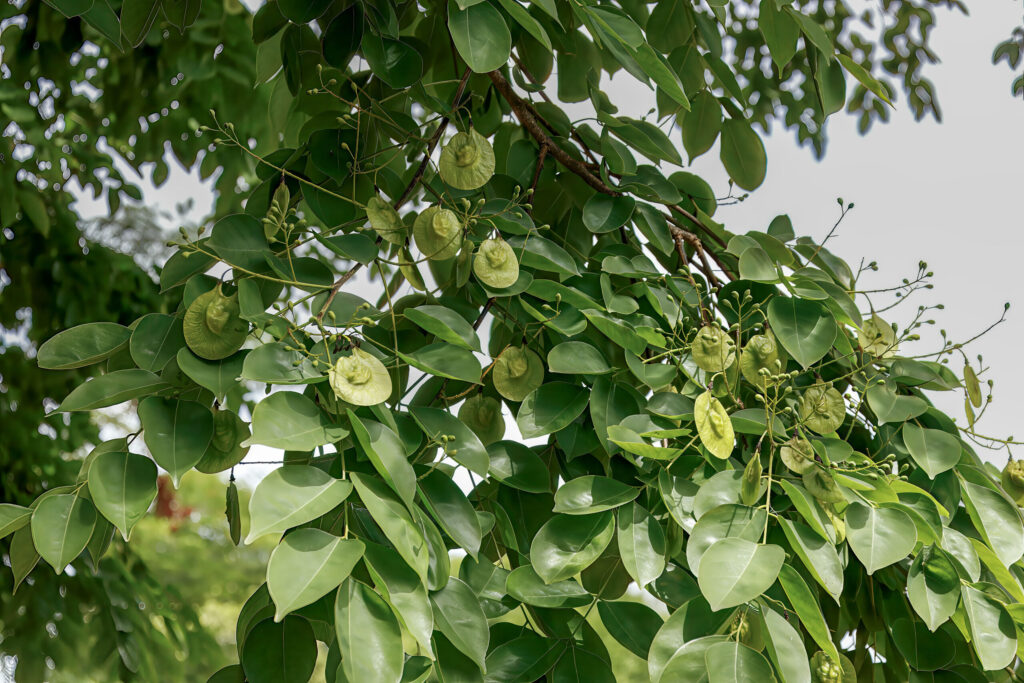
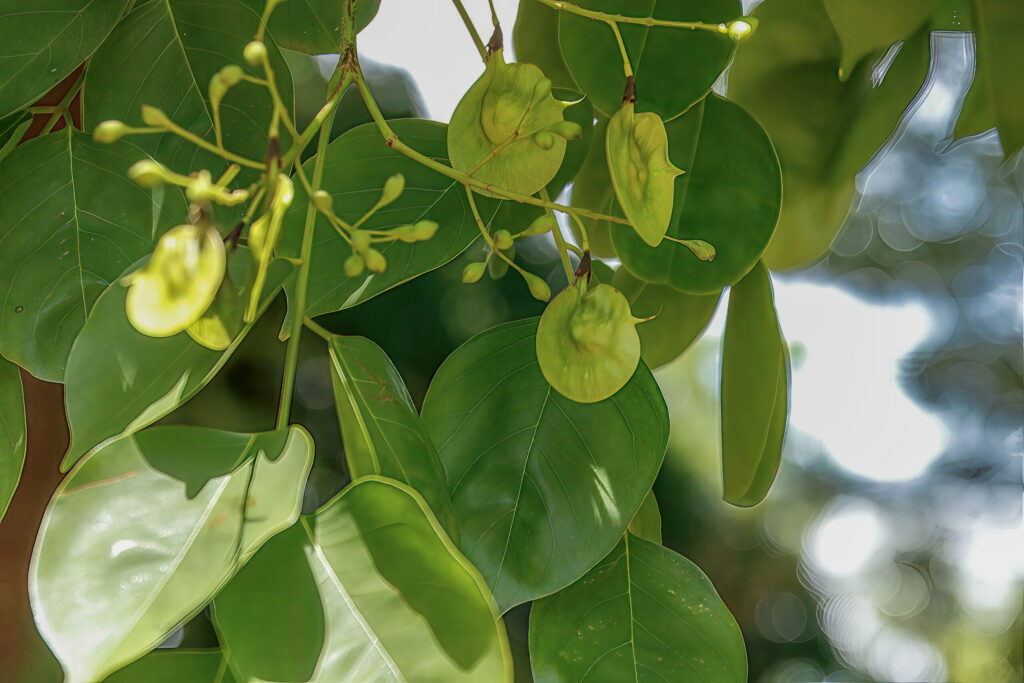
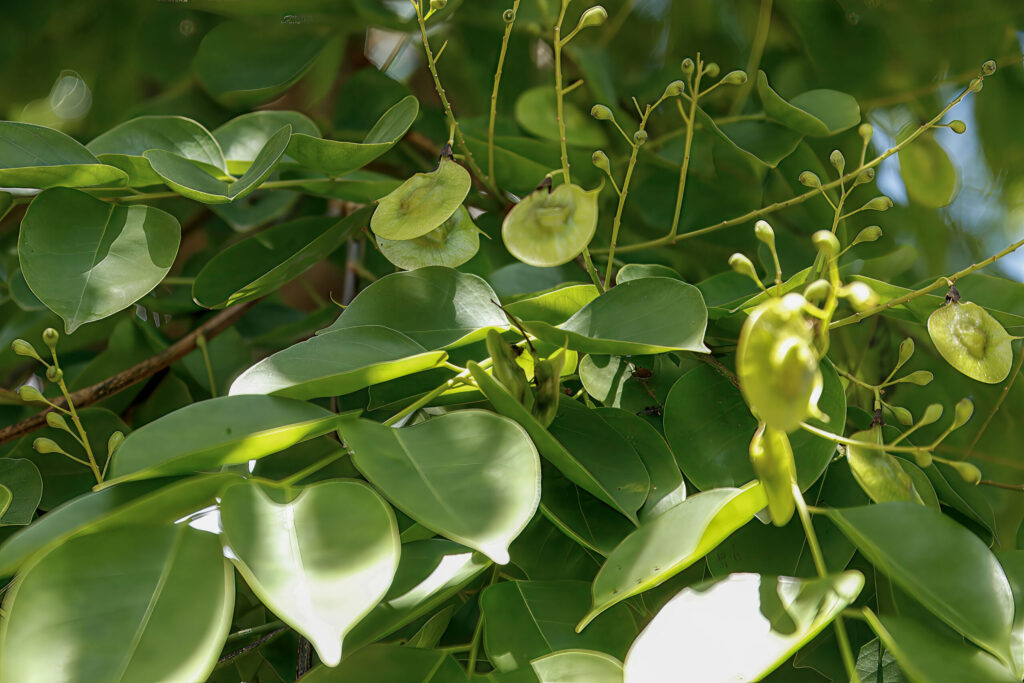
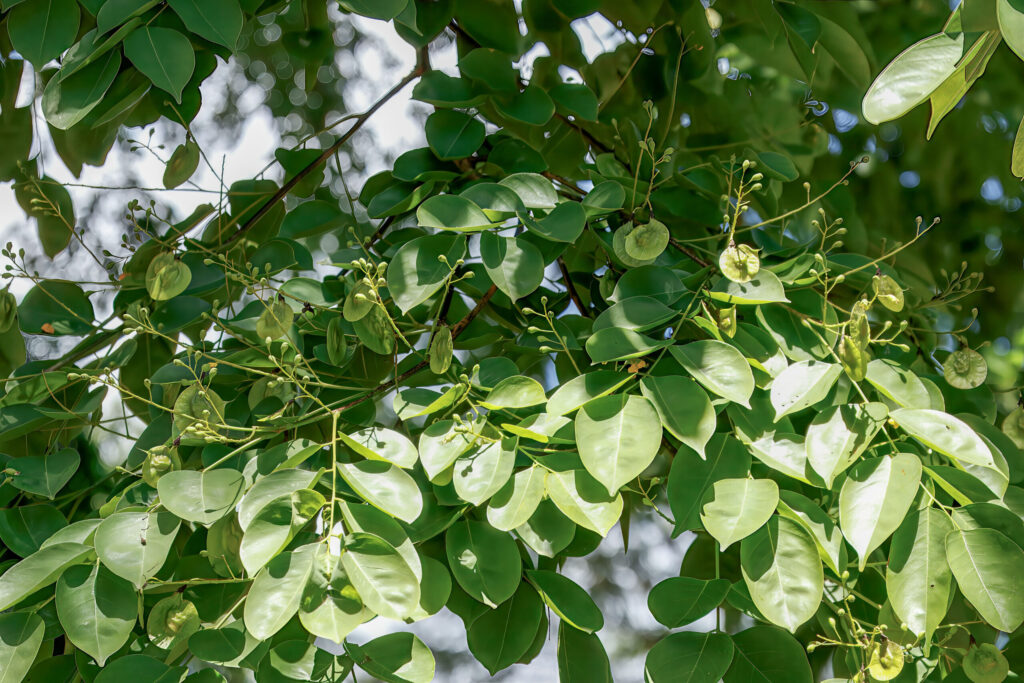
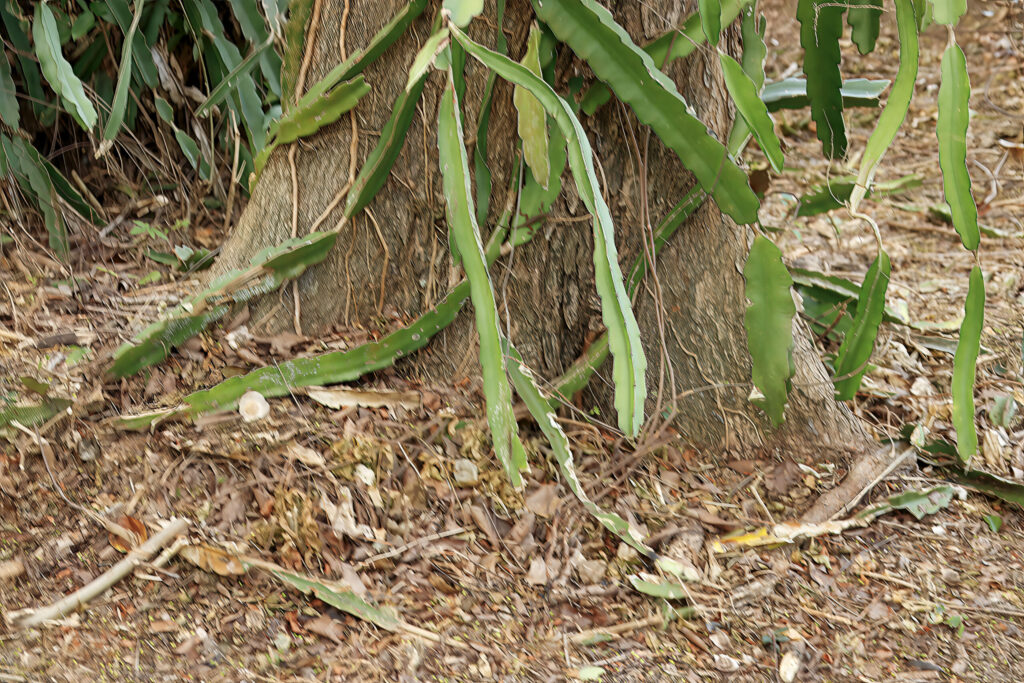
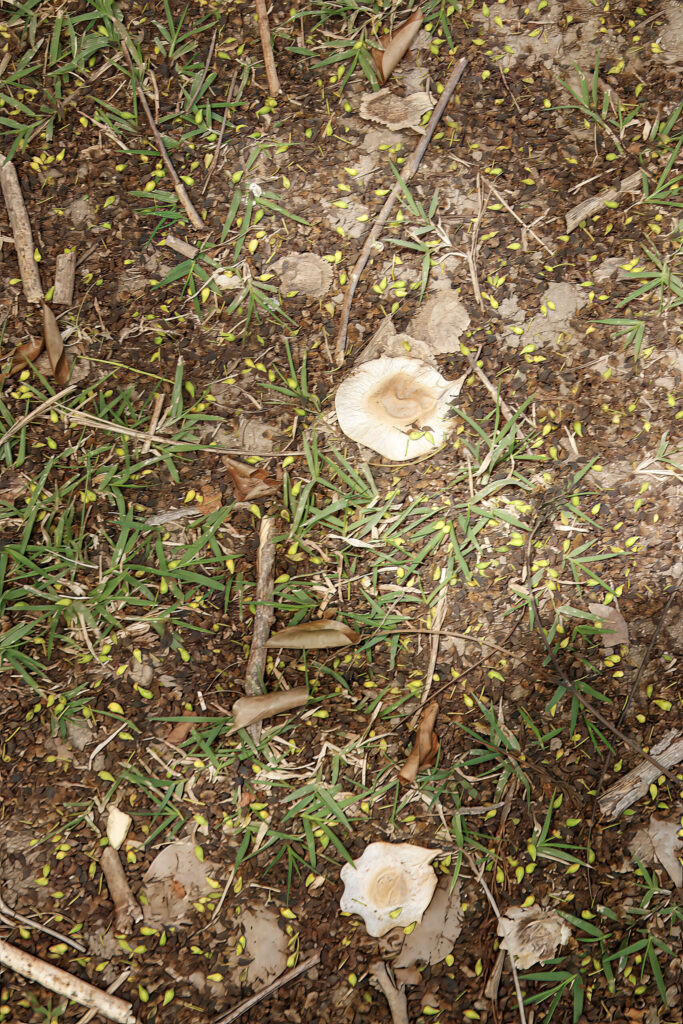
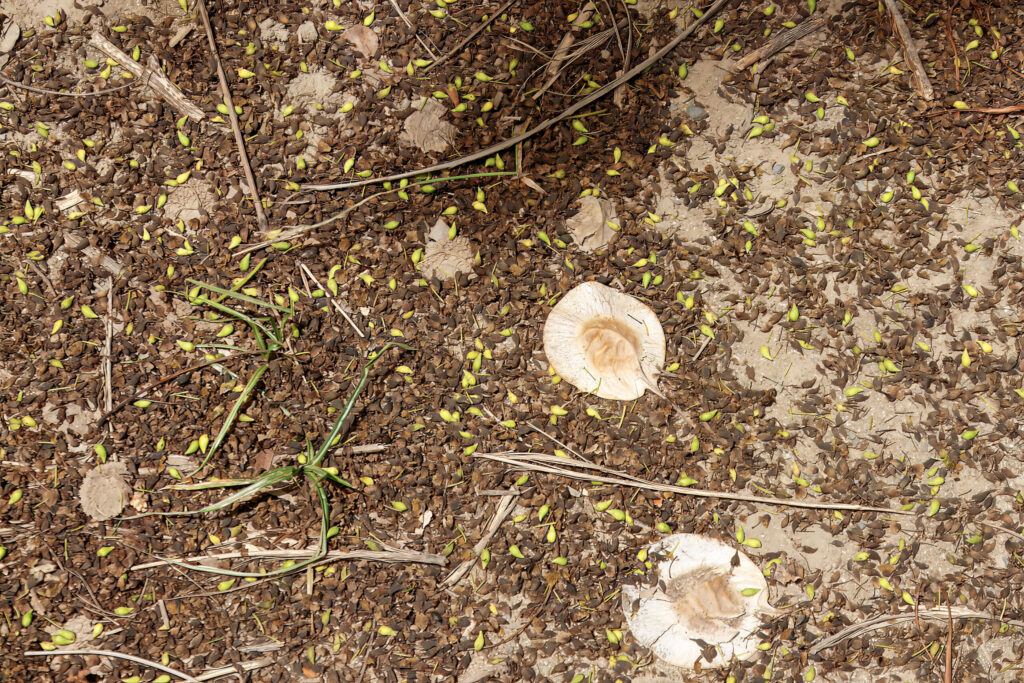
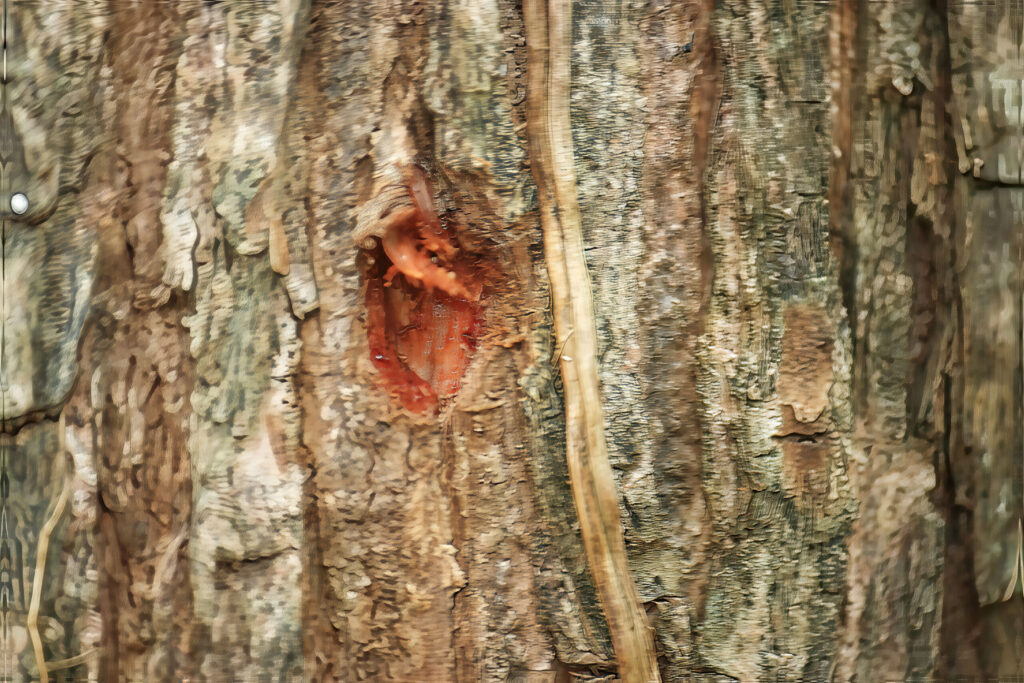
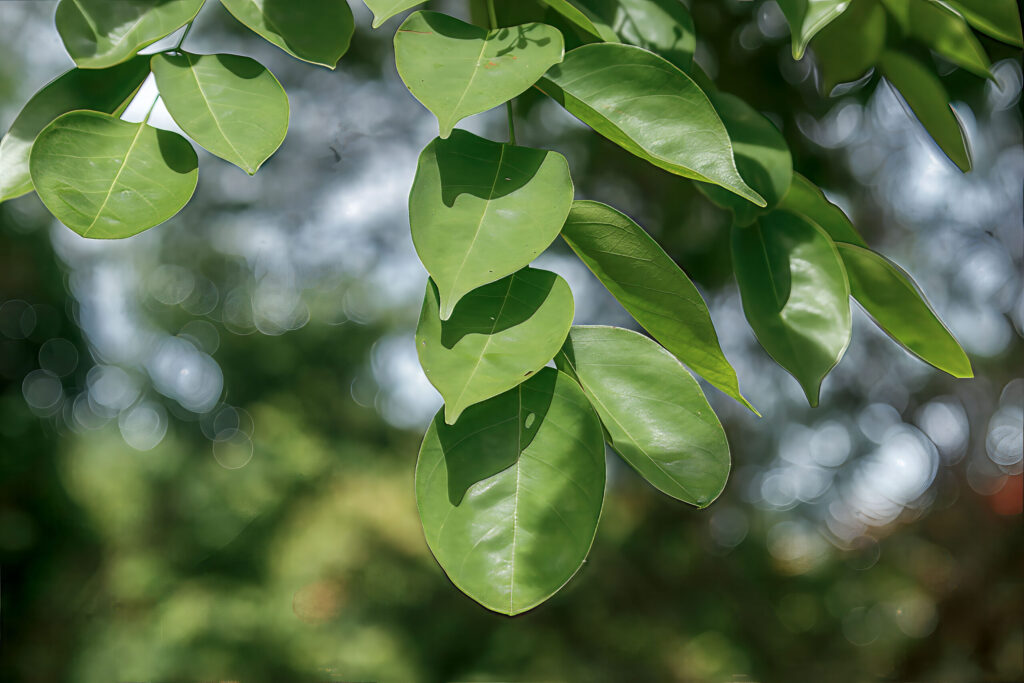
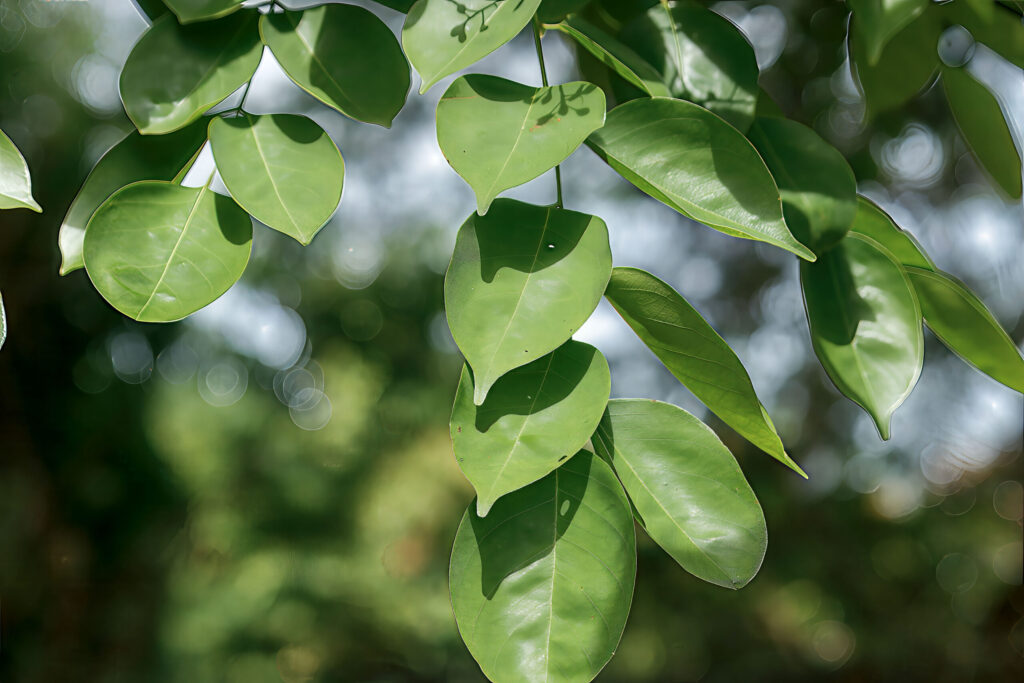
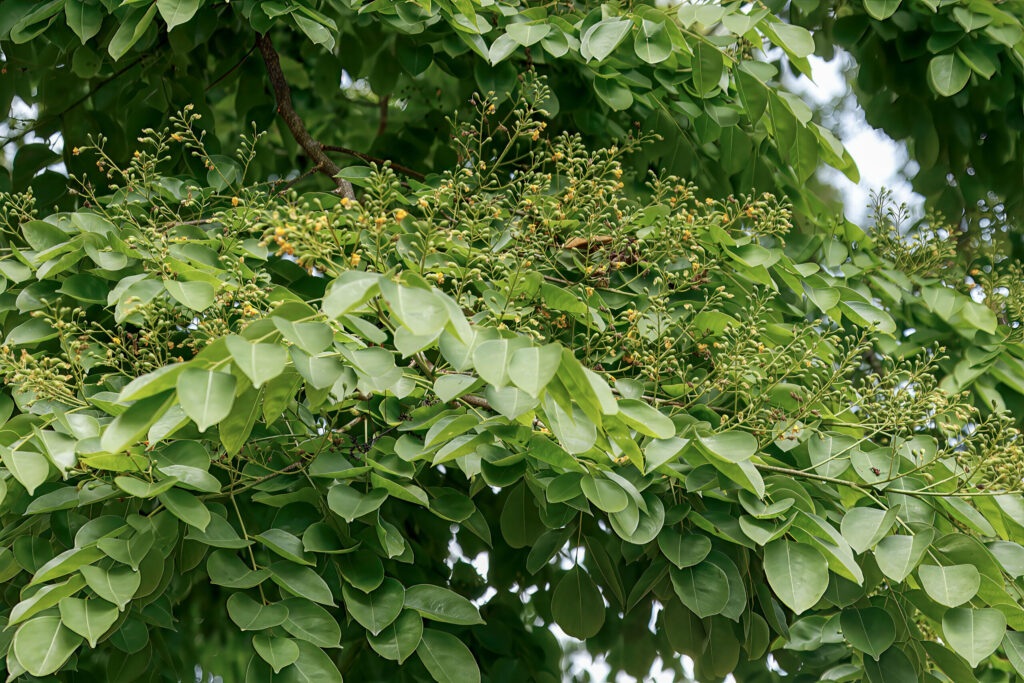
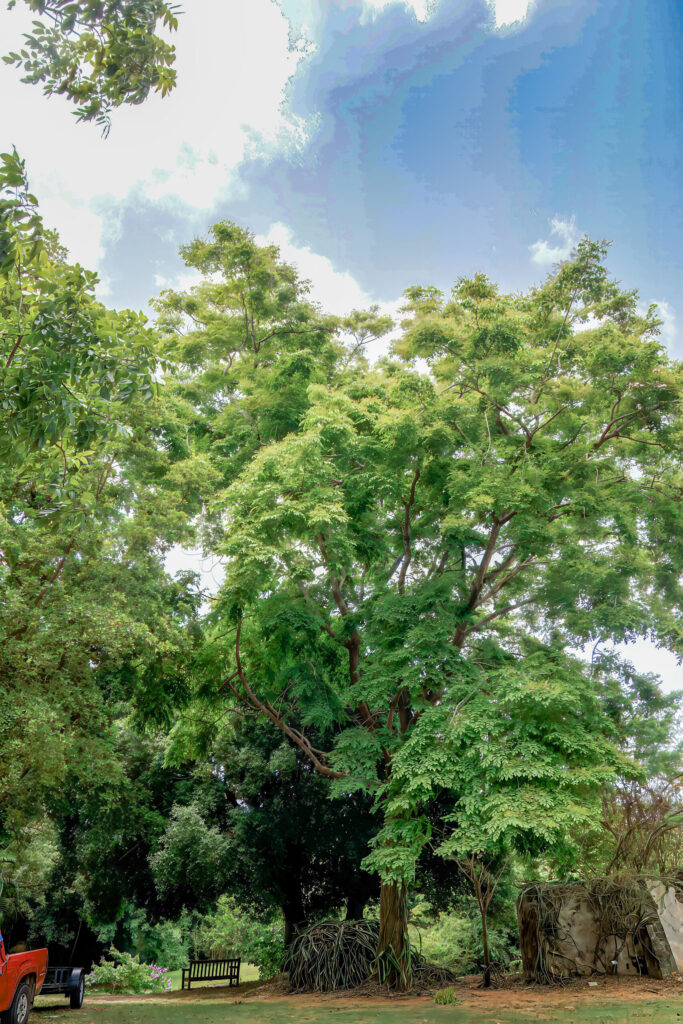
Observations:
Phenological Markers: Narra / India Padauk
Scientific Name: Pterocarpus indicus
Family: Fabaceae
Common Names: Narra, Philippine Mahogany, Angsana, India Padauk (Trees of Puerto Rico and the Virgin Islands, pg. 204)
Local Names: Narra in the Philippines and other Southeast Asian regions
Note: Kew, Plants of the World Online (https://powo.science.kew.org/), does not recognize India Padauk, but does recognize Narra as pterocarpus indicus
🌳 Description:
A large deciduous tree, reaching up to 20–30 meters in height, native to Southeast Asia, particularly the Philippines, Indonesia, and parts of Malaysia. The tree is prized for its hard, reddish-brown wood, which is commonly used in furniture making and woodworking. The Narra tree also has ornamental value, thanks to its large, fragrant flowers and attractive foliage.
- Notable Characteristics:
- The tree has a wide canopy with pinnate leaves and produces striking yellow to orange flowers in clusters
- The wood is durable and prized for its reddish-brown hue and resistance to termites
🌿 Leafing:
- Leaf Type: Pinnate, with 7–13 leaflets
- Phenology Notes: Deciduous, with new leaves emerging during the wet season after the flowering period
- New Leaves: Fresh leaves are soft, light green, maturing to a glossy dark green
🌸 Flowering:
- Blooming Season: Spring to early summer (March–June), with occasional blooming in the wet season depending on local conditions
- Flowers: Large, fragrant, yellow to orange, pea-like flowers, borne in clusters at the branch tips
- Pollinators: Attracts bees, butterflies, and birds
🍈 Fruiting:
- Fruit Type: Flat, woody pods containing seeds
- Fruit Season: Late summer to fall (July–October)
- Notes: Pods are long, flattened, and turn brown as they mature. Seeds are winged and dispersed by wind, aiding in the tree’s natural spread
📍 Habitat & Range:
- Native to: Southeast Asia, including the Philippines, Malaysia, and Indonesia
- Common in: Coastal forests, riversides, and mixed hardwood forests
- Found on: Tropical islands and planted in various regions for shade and ornamental purposes
🌱 Ecological Importance:
- The Narra tree is an important part of tropical ecosystems, providing habitat and food for various wildlife, including birds and insects
- It is also used in agroforestry systems to improve soil fertility due to its nitrogen-fixing ability
- The tree’s wood is commercially valuable, but sustainable harvesting practices are encouraged to avoid overexploitation
